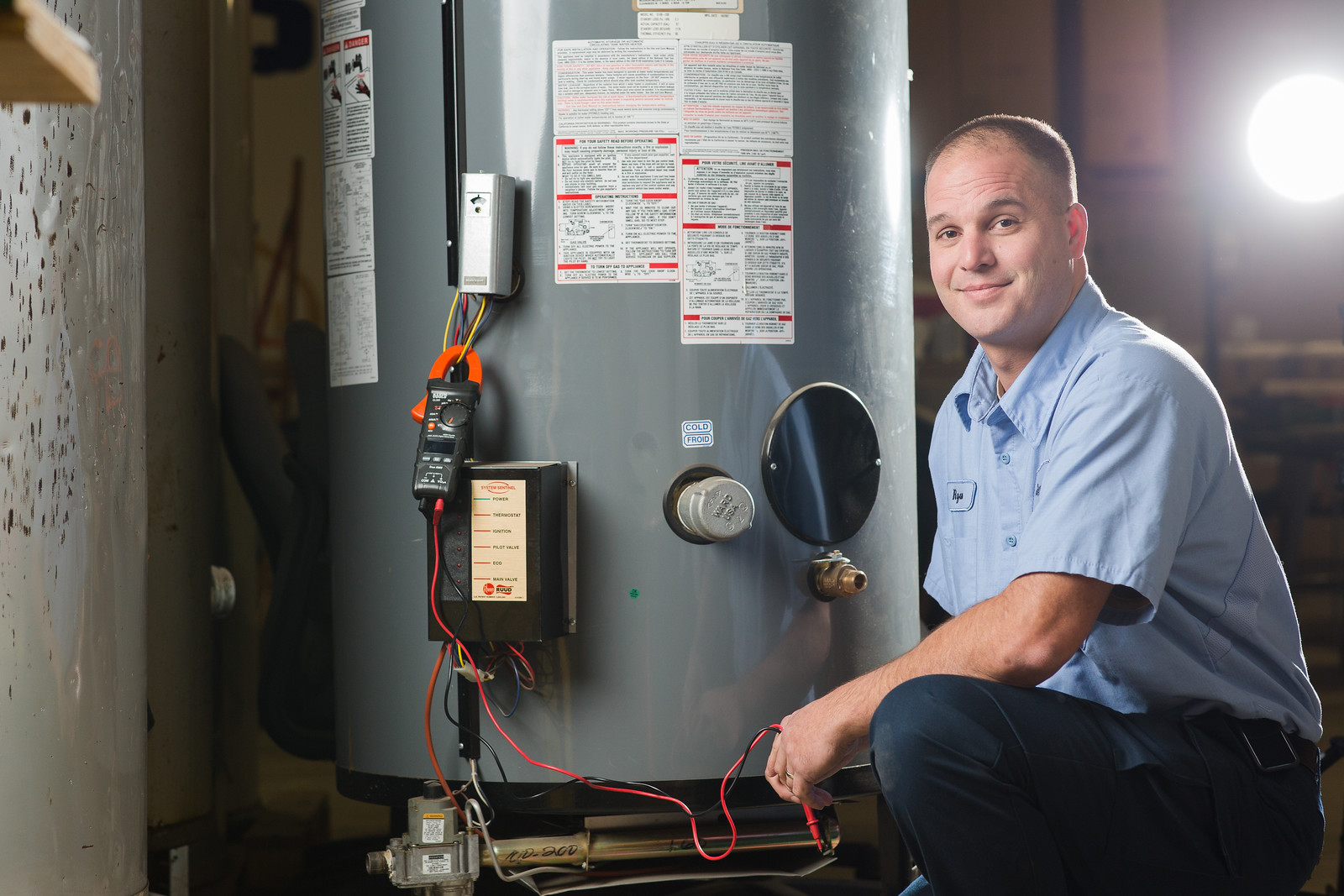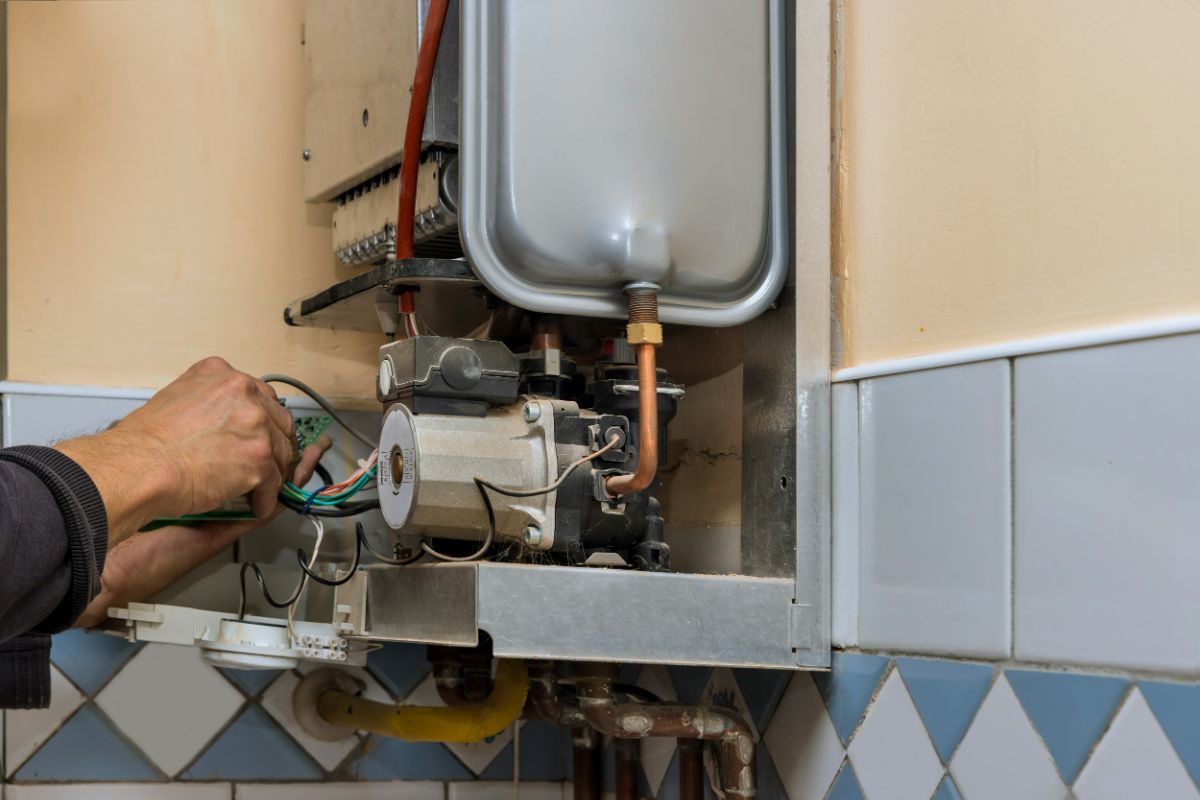Easy Guide to Caring for Your Home's Hot Water SystemBest Methods to Maintain Your Home's Hot Water System EffectivelyUseful Techniques for Caring for Your Home's Hot Water System
View WebsiteThe article which follows relating to What Kind of Maintenance Do Water Heaters Need? is exceptionally compelling. Read on and draw your own personal conclusions.

Hot water is essential for day-to-day comfort, whether it's for a revitalizing shower or washing recipes. To ensure your hot water system runs successfully and lasts longer, normal maintenance is key. This post supplies useful pointers and insights on just how to maintain your home's warm water system to avoid interruptions and expensive fixings.
Introduction
Keeping your home's warm water system may appear challenging, yet with a few straightforward steps, you can ensure it runs smoothly for many years ahead. This guide covers every little thing from understanding your hot water system to do it yourself upkeep tips and understanding when to call expert aid.
Importance of Preserving Your Warm Water System
Normal upkeep not only prolongs the lifespan of your hot water system however additionally guarantees it operates efficiently. Overlooking upkeep can lead to reduced effectiveness, greater power bills, and even premature failure of the system.
Indications Your Hot Water System Requirements Upkeep
Knowing when your hot water system needs attention can protect against significant problems. Keep an eye out for signs such as inconsistent water temperature, odd sounds from the heating system, or corroded water.
Understanding Your Hot Water System
Before diving into upkeep jobs, it's practical to comprehend the basic elements of your warm water system. Commonly, this consists of the hot water heater itself, pipelines, anode rods, and temperature controls.
Month-to-month Maintenance Tasks
Routine regular monthly checks can assist catch minor issues before they escalate.
Purging the Water Heater
Flushing your water heater eliminates debris build-up, boosting effectiveness and extending its life.
Monitoring and Replacing Anode Rods
Anode rods prevent corrosion inside the container. Inspecting and changing them when worn out is critical.
Evaluating and Readjusting Temperature Level Settings
Adjusting the temperature setups guarantees optimal performance and safety and security.
Do It Yourself Tips for Upkeep
You can carry out a number of maintenance tasks yourself to maintain your hot water system in leading condition.
Looking for Leakages
Routinely inspect pipes and links for leaks, as these can cause water damage and greater expenses.
Evaluating Pressure Alleviation Valves
Evaluating the pressure relief valve guarantees it works properly and prevents too much pressure build-up.
Protecting Pipes
Insulating warm water pipes reduces warmth loss and can conserve power.
When to Call a Professional
While do it yourself upkeep is helpful, some problems need expert experience.
Facility Issues Needing Professional Assistance
Examples consist of major leakages, electrical issues, or if your water heater is consistently underperforming.
Regular Professional Upkeep Advantages
Specialist maintenance can include detailed assessments, tune-ups, and ensuring conformity with safety standards.
Verdict
Regular maintenance of your home's warm water system is essential for effectiveness, long life, and cost financial savings. By adhering to these suggestions and recognizing when to seek expert aid, you can ensure a trusted supply of hot water without unforeseen interruptions.
Water Heater Maintenance Tips
Test the TPR Valve
Shut off the power and the cold-water supply valve. Place a bucket under the pipe connected to the temperature-pressure-release (TPR) valve on the top or side of the tank. (This valve opens if the tank pressure gets too high.) Lift the valve’s tab to let some water out, then let go. If water keeps flowing, drain the tank partway, unscrew the old valve with a pipe wrench, and install a new one. Check the Anode Rod
Put a hose to the tank’s drain cock and let out a few gallons of water. Now fit a 1 1/16-inch socket onto the rod’s hex head on top of the heater (or under its top plate) and unscrew the rod. If it’s less than ½ inch thick or coated with calcium, buy a new one, wrap its threads with Teflon tape, put it back in the tank, and tighten securely. Use this segmented rod if headroom above the tank is limited. Drain the Tank and Wash Out Sediment
Drain the remaining water in the tank into the bucket, then stir up the sediment on the tank’s bottom by briefly opening the cold-water supply valve. Drain and repeat until clean water comes out of the hose. Close the drain cock, refill the tank, and turn its power back on. Adjust the Temperature
Find the temperature dial on the side of the tank and unscrew its cover. Adjust the dial to 120 degrees using a flathead screwdriver. For every 10 degrees the temperature is lowered, you can expect to save up to 5 percent in energy costs. Turn the water heater off or the thermostat down to its lowest setting if you plan to be away from home for more than three days. Insulate the Pipes
Buy some self-sticking 3/8-inch-thick foam pipe insulation that matches the pipes’ diameter. Slide the foam over the hot-and cold-water pipes as far as you can reach. Insulating the cold-water pipe prevents condensation in summer. Peel the tape and squeeze the insulation closed. If the pipe is 6 inches or less from the flue, cover it with 1-inch-thick unfaced fiberglass pipe wrap. https://www.thisoldhouse.com/plumbing/21016402/how-to-maintain-a-water-heater

We were shown that editorial about Tips on Maintaining a Water Heater from a friend on another site. For those who enjoyed reading our article please don't forget to share it. Kudos for your time. Don't hesitate to come visit our website back soon.
Book Now